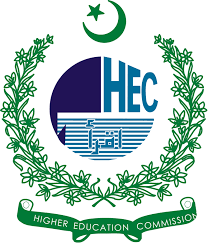SHORT TERM LOAD FORECASTING FOR ENERGY CONSUMPTION THROUGH MACHINE LEARNING: SVR AND LSTM-DRIVEN DEMAND FORECASTING
DOI:
https://doi.org/10.71146/kjmr252Keywords:
Home Energy Management System (HEMS), Machine Learning, Energy Demand Forecasting, Long Short Term Memory (LSTM), K-Means Clustering, Support Vector Regression (SVR), Artificial Intelligence, Energy Efficiency, PRECON DatasetAbstract
Home Energy Management System (HEMS) has gained significant attention due to its important role in reducing energy waste. Despite its effectiveness, there are certain potential improvements, such as its ability to accurately forecast the household demand and share it with the utility company for better planning. Moreover, consumers seek ways to reduce their electricity bills due to increasing electricity prices. In this paper, we focus on predicting household energy demand accurately for optimal energy consumption, generation at reduced cost. We used K-Means Clustering, LSTM (Long Short Term Memory) and SVR (Support Vector Regression) techniques to learn the energy usage patterns from Pakistan residential energy consumption (PRECON) dataset complementing it with weather conditions and time of day. The SVR is found to be the best approach with least RMSE score. The proposed system will help consumers to make informed decisions to tradeoff between energy cost and comfort by shaping up their energy consumption habits during peak and off-peak hours. The utility companies may use the energy demand information to optimally manage the generation resources to lower energy cost, avoid transformer/feeder/grid overloading and reliable electricity supply to the consumers. The proposed system will reduce energy waste and improve overall energy efficiency by addressing the challenges faced by HEMS and providing consumers with valuable insights.
Downloads
Downloads
Published
Issue
Section
License
Copyright (c) 2025 Shahbaz Akhtar Javed, Muhammad Waseem Iqbal, Muhammad Bilal Ahmed Janjooa, Saif Ur Rehman, Ali Raza, Sadaquat Ali Ruk (Author)

This work is licensed under a Creative Commons Attribution 4.0 International License.






